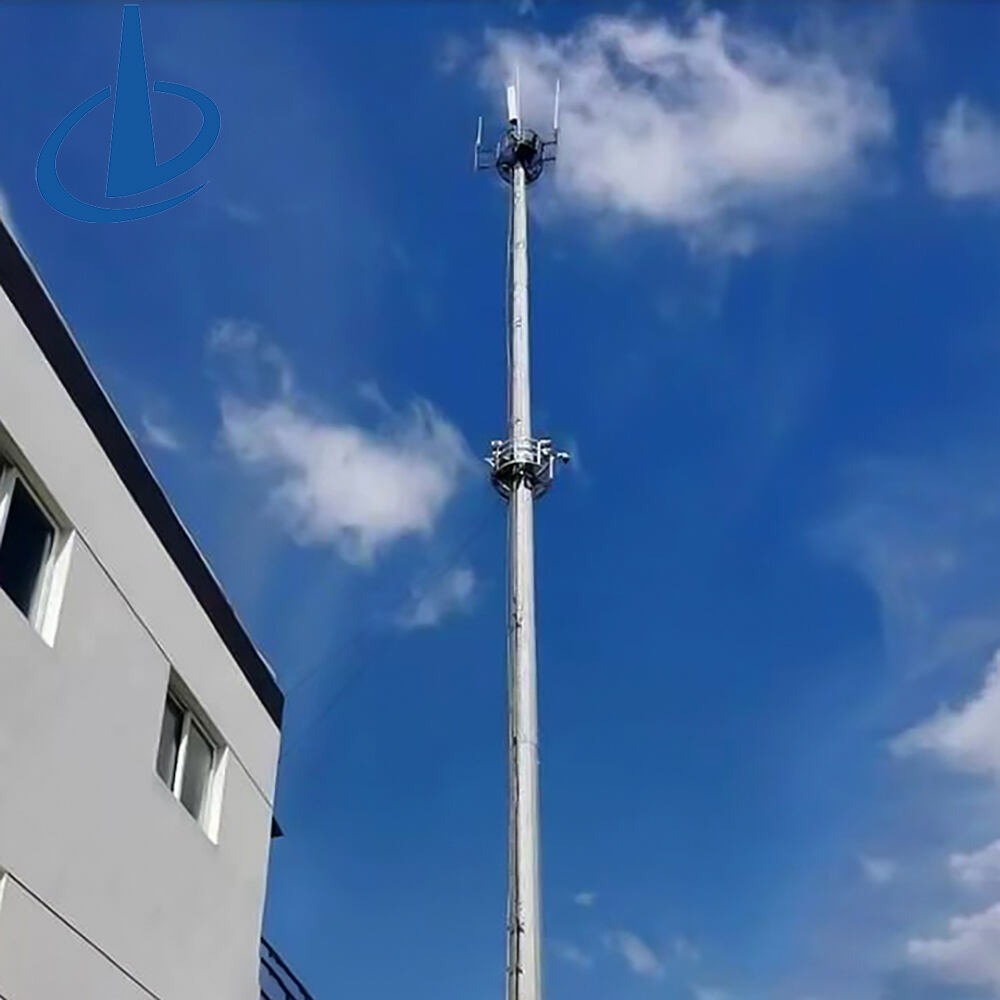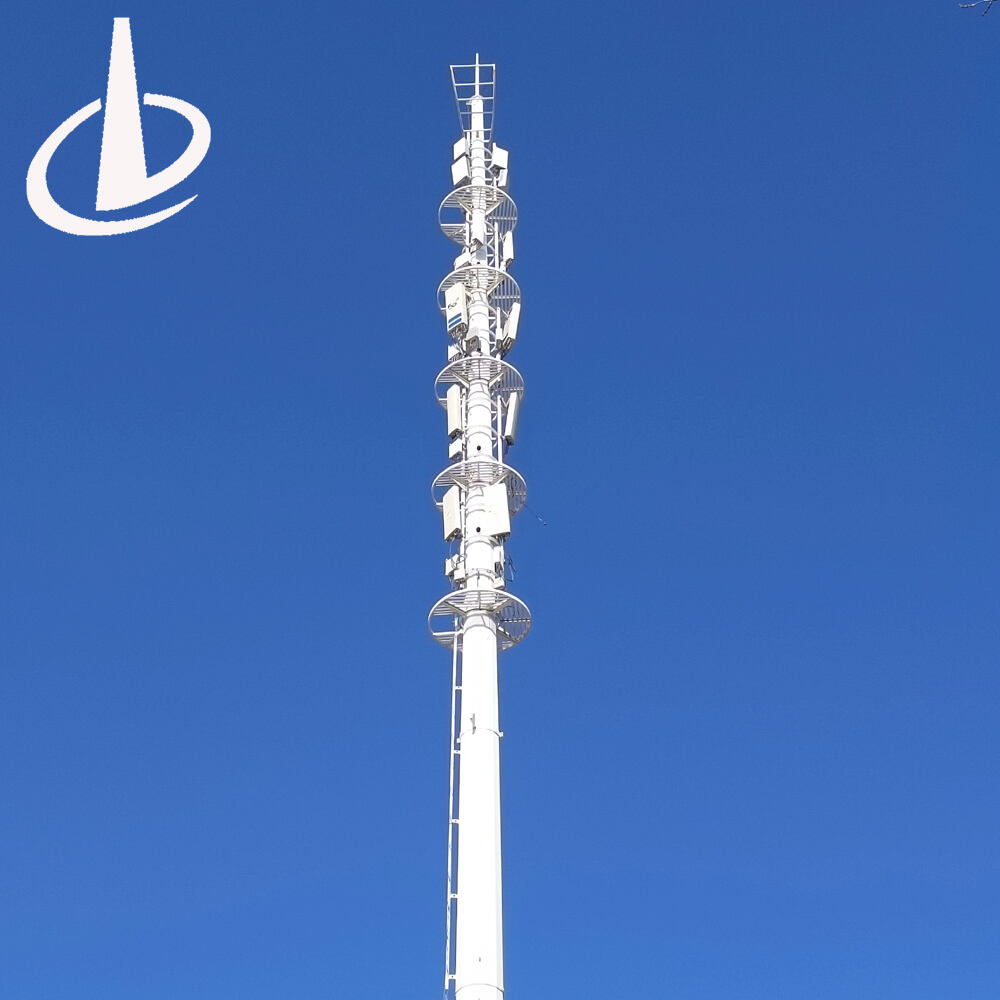triangular lattice tower
A triangular lattice tower represents a sophisticated engineering marvel that combines structural efficiency with practical functionality. This architectural structure features a three-sided design composed of interconnected steel members forming a lattice pattern. The tower's triangular configuration provides exceptional stability while minimizing material usage, making it a cost-effective solution for various applications. These towers typically range from 30 to 350 meters in height and are constructed using high-grade steel components that undergo rigorous testing and treatment to ensure longevity. The structure's design incorporates diagonal bracing patterns that distribute loads evenly throughout the framework, enabling it to withstand significant wind loads and environmental stresses. The triangular cross-section offers superior torsional resistance compared to square or rectangular alternatives, while the lattice construction allows wind to pass through, reducing the overall wind load on the structure. These towers serve multiple purposes across different industries, including telecommunications, power transmission, broadcasting, and meteorological monitoring. The modular nature of their design allows for straightforward assembly and future modifications, such as height adjustments or equipment additions. Additionally, the open framework facilitates easy maintenance access and efficient heat dissipation for installed equipment.


